The moment of truth sneaks up on every entrepreneur. You spend years refining an idea, pouring everything into a vision that once felt bulletproof. Then, reality hits. Sales stall. Customers aren’t biting. The once-clear path ahead now looks like a fogged-up windshield.
Reed Hastings knew that feeling. In the early days of Netflix, his DVD rental business was struggling against the giant that was Blockbuster. Investors weren’t convinced, and the market wasn’t shifting fast enough toward online rentals. At one point, Hastings even offered to sell Netflix to Blockbuster for a measly $50 million. Blockbuster laughed him out of the room. Had he been wrong? Should he pivot—or double down?
Every founder faces this dilemma at some point. Some pivot and find their breakthrough. Others hold the line and prove the doubters wrong. But how do you know which path leads to success—and which one leads to disaster?
That’s the question that separates businesses that thrive from those that fade into obscurity.
The Power (and Pitfall) of Stubbornness
Entrepreneurs are wired to believe in their ideas, sometimes to a fault. The world tells them they’re crazy. They push forward anyway. That’s how legends are made.
Steve Jobs was fired from Apple—the company he built—because his relentless vision clashed with leadership. Most people would have walked away. Jobs didn’t. He came back years later, reshaped the company, and turned Apple into a tech empire. His stubbornness wasn’t just persistence. It was conviction.
But not every story ends with a triumphant return. Take BlackBerry. In the early 2000s, its devices ruled the corporate world. Physical keyboards were king, and BlackBerry’s executives were convinced touchscreens were a passing fad. Even as Apple and Android surged ahead, they doubled down on their old model. That loyalty to the past cost them everything.
So when does stubbornness pay off, and when does it sink the ship? The line between confidence and denial is razor-thin. Holding on to a vision isn’t wrong—until it blinds you to what the market is screaming at you.
The trick is knowing when your belief is an asset—and when it’s a liability.
The Pivot That Saved the Business
Sometimes, the only way forward is sideways.
Back in 2007, a small company called Tiny Speck was pouring everything into building an online multiplayer game. The team believed in it. They spent years refining it. But the market didn’t care. The game flopped. Instead of shutting down, they took a hard look at what was working. One internal tool—an instant messaging system—stood out. So they scrapped the game and built a business around the tool.
That tool? Slack.
Not every pivot is that dramatic, but the best ones follow the same pattern:
- The market isn’t responding how you expected.
- Customers are engaged, just not in the way you planned.
- There’s something valuable in your business—you’re just packaging it wrong.
Netflix pivoted from DVDs to streaming. Instagram started as a check-in app before focusing on photos. Even YouTube was originally meant to be a video dating site.
A pivot isn’t failure. It’s a recalibration. The hardest part isn’t coming up with a new idea—it’s letting go of the old one.
When Staying the Course Pays Off

Not every struggle is a sign to change course. Sometimes, the right move is to stay put and weather the storm.
Sarah Blakely had every reason to quit. Before Spanx became a billion-dollar brand, she spent two years hearing nothing but no. Department stores dismissed her idea. Manufacturers wouldn’t work with her. Even when she finally landed a meeting with Neiman Marcus, she had to go into the bathroom, put on her prototype, and show the buyer firsthand why it worked. Most people would have pivoted. She kept going.
Howard Schultz faced a similar crossroads when he bought Starbucks. It wasn’t an instant success. His vision of bringing European-style coffee culture to the U.S. felt like a losing bet. Investors weren’t convinced. Expansion was slow. But Schultz knew the market would catch up. He stayed the course.
Perseverance makes the difference when:
- The product is solid, but the market needs time to catch on.
- Customers love what you offer, even if growth is slow.
- The biggest challenge isn’t demand—it’s patience.
Some ideas need time to take root. The key is knowing the difference between a business that’s failing and one that just hasn’t hit its stride yet.
The Entrepreneur’s Litmus Test: Pivot or Persevere?
When everything feels like a gamble, how do you know whether to push forward or change direction?
It’s easy to get lost in the emotional weight of the decision. Every founder has doubts. Every business hits rough patches. But successful entrepreneurs don’t rely on gut feeling alone—they put their ideas to the test.
Here’s a simple framework to break the deadlock:
- Are people willing to pay for what you offer? Passion doesn’t pay the bills. If customers aren’t biting, you need to ask why. Is it a marketing problem, or is the product itself the issue?
- Are you solving a real problem? The best businesses don’t just sell products—they solve pain points. If your audience can live without what you offer, that’s a red flag.
- Is this a temporary hurdle or a fundamental flaw? Slow sales and growing pains are normal. But if every pivot, promotion, or push leads to the same dead end, the business model itself might be the problem.
- What does the data say? Metrics tell the truth when emotions get in the way. If your retention rate is high, but customer acquisition is slow, the issue might be your marketing—not your product.
Great entrepreneurs don’t make these decisions alone. They listen to the right voices—mentors, advisors, and customers—not just their own echo chamber. Pivoting isn’t weakness, and perseverance isn’t always wisdom. The trick is knowing which one fits the moment.
The Courage to Choose
The hardest part isn’t knowing what to do—it’s having the guts to do it.
Sticking to a vision is easy when things are going well. Pivoting is exciting when the path forward is obvious. But most of the time, neither choice feels clear. Doubt creeps in. Fear takes over. What if you make the wrong move?
Every entrepreneur you admire has stood at this crossroads. Reed Hastings had to bet everything on streaming when Netflix was still making money from DVDs. Sarah Blakely had to push through years of rejection to prove Spanx had a market. Tiny Speck had to let go of their dream project to build Slack.
What separated them from the ones who failed? They made the hard call and followed through.
The best businesses aren’t built on certainty. They’re built on conviction. Whether you pivot or persevere, the real mistake is standing still.




